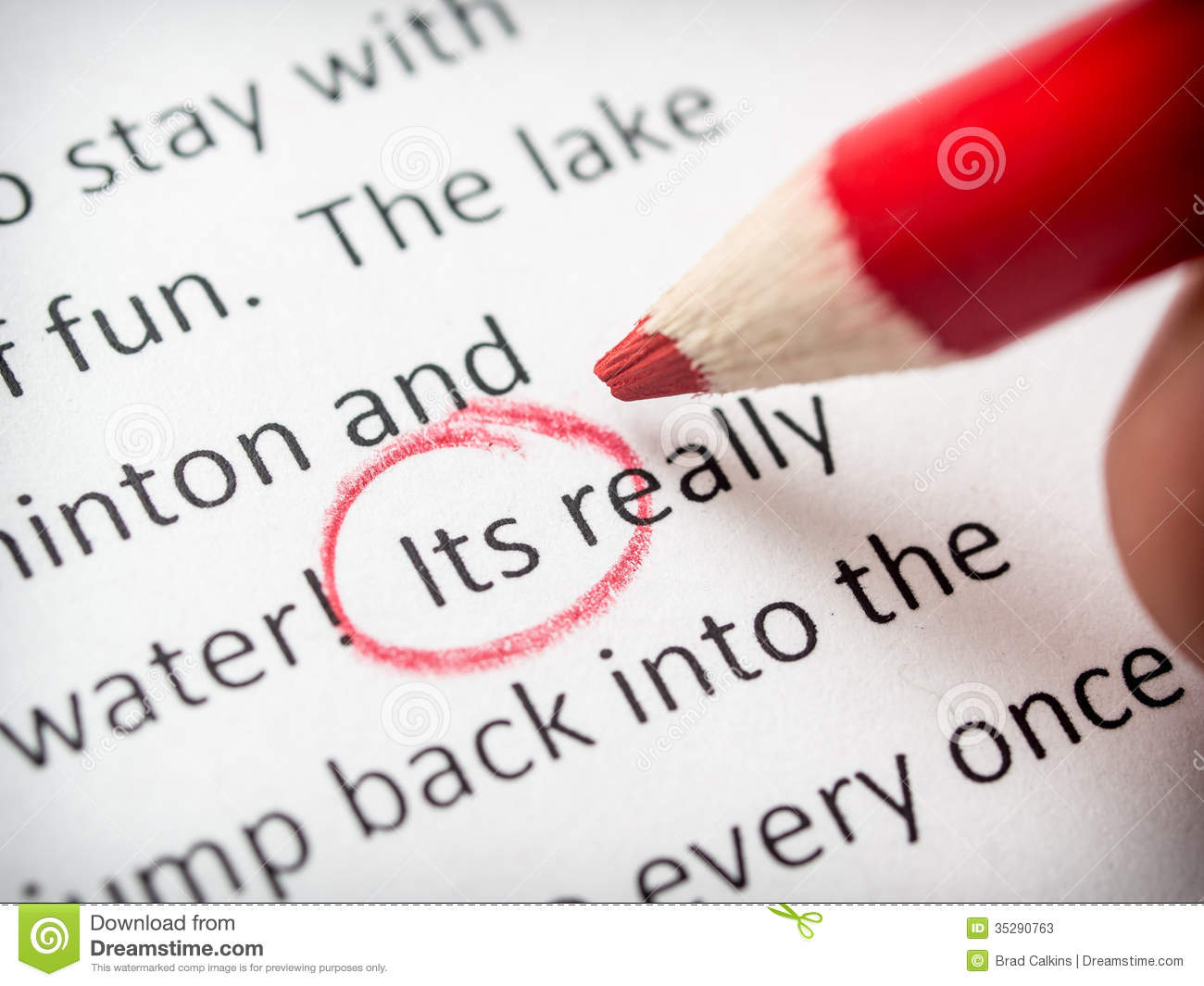What is proofreading? Proofreading is the process of examining a piece of writing to find and correct any typographical, grammatical, spelling, syntax and formatting errors, and is the final step in the editorial process before publication. How often have you read something, found a mistake and thought to yourself ‘why wasn’t this checked before it was published’? Consider proofreading the quality control for written communications. As a manufacturer. you wouldn’t let a product leave the factory without first making sure that it was in perfect condition. Likewise, you shouldn’t put any document in the public domain that hasn’t been checked for mistakes.
However tedious and time-consuming, proofreading is crucial. It’s hard to be subjective if you’ve been working on a document for some time. The eye can be blinded by familiarity and repetition. You could use spellcheck or one of those virtual reality proofreading programs but as you’re writing for people there’s no substitute for the experienced human eye. Different proofreaders have their own proofreading methods. After almost 30 years of reading through other people’s work, I’ve refined a step-by-step process to proofreading. I prefer to put the kettle on, turn my phone off and clear my head, before sitting down at an uncluttered desk.
- First, I’ll read through the document looking for things like missing information, a shift in tense, proper name usage, citations, page numbers, header and footer material.
- Then, I’ll read it for basic typographical errors such as incorrect spelling. commonly confused words such as there, their and they’re, and any incorrect or missing punctuation.
- Then, I’ll put the kettle on and walk around a bit before reading it again, this time looking for grammatical mistakes and to check that it’s all in the specified first, second or third person
- I’ll read through the document again to see if there are formatting issues such as sentence fragments, run-on sentences and paragraph layout
- I’ll then print it out and read it again, sometimes aloud, to make sure that it flows properly. Writing can sound different in your head than it does on paper or screen.
- I’ll go back to it an hour later and read it with fresh eyes and I usually ask someone else to read it through as well to make sure that absolutely nothing has escaped me.
If you would like to discuss your proofreading requirements, please contact me.

